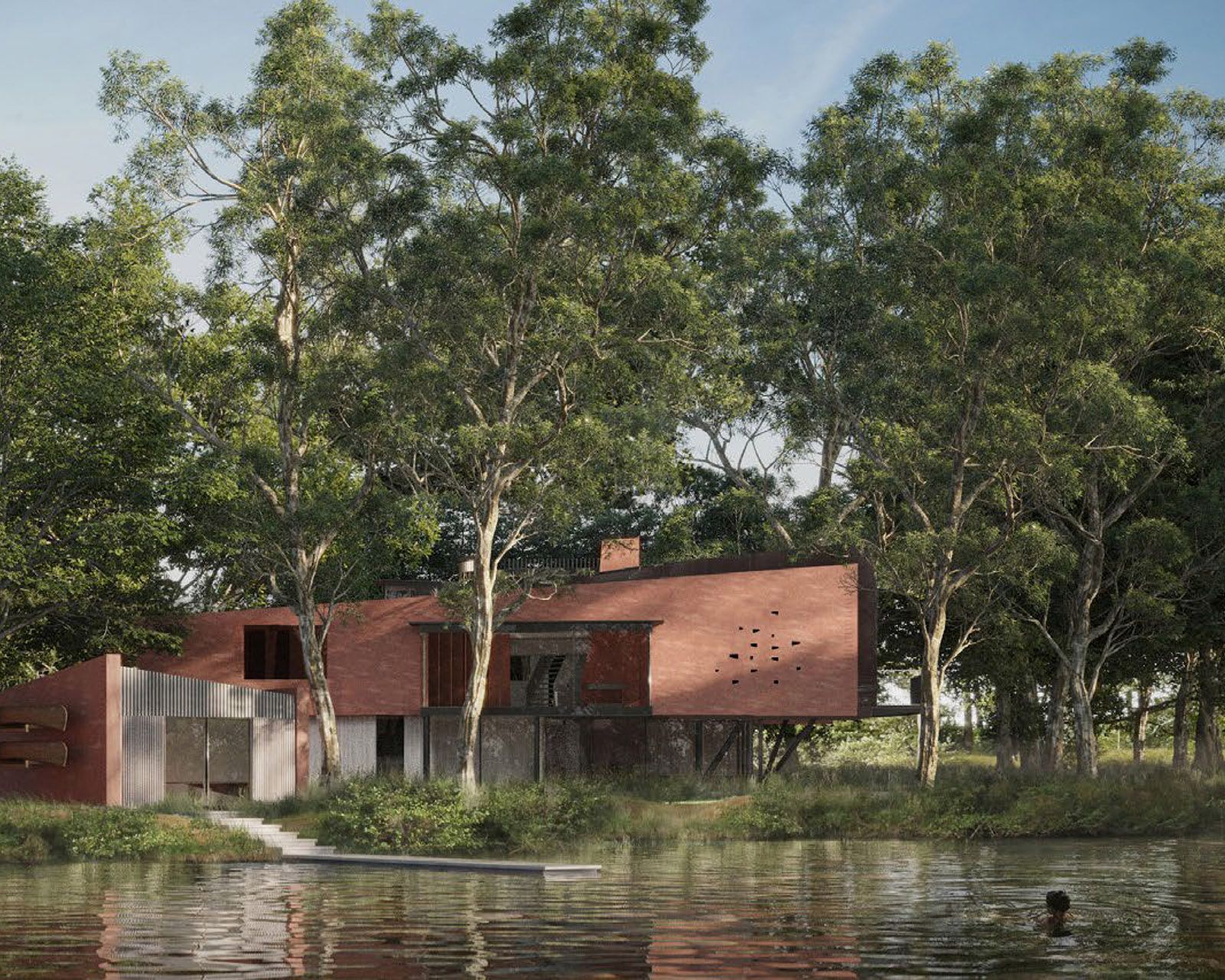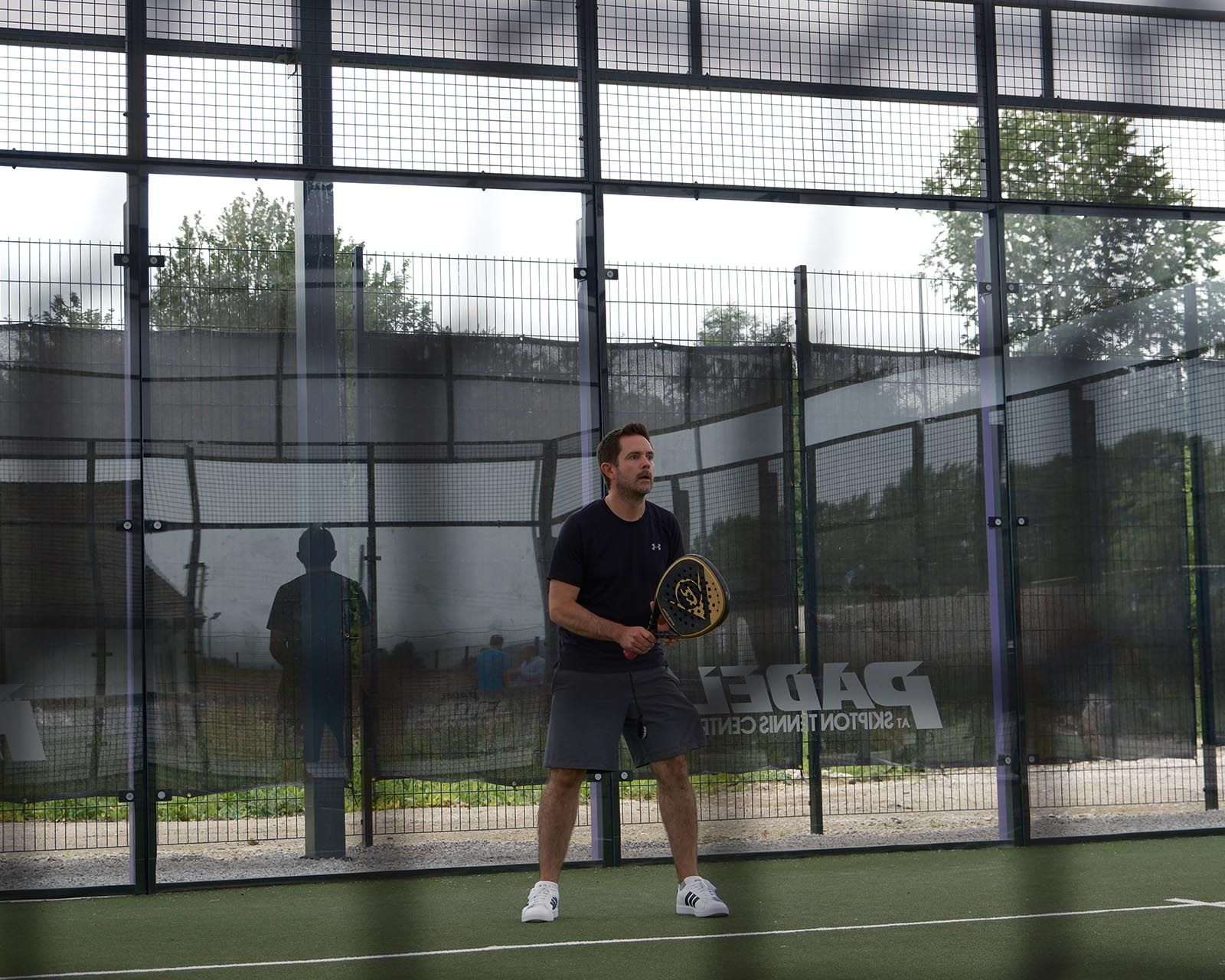Country houses should be ‘of their place’
By Alex Robinson | 03.11.25
For many, the ambition for country living is rooted in the beauty of rural landscapes and the quality of life they offer. There’s no denying the value people place on a good view and on access to green space and nature. With growing pressure to increase housing supply in rural areas, we face an important question – how do we create new homes that benefit from rural landscapes while protecting the qualities that make these places so special?

Image (c) Architecture by Richard Parr Associates
Designing homes that belong
At Rural Solutions, we believe the answer lies in designing homes that are truly ‘of their place’. This means creating buildings that respond to their surroundings, not just visually but environmentally and culturally too.
By working with the landscape, we can preserve cherished views, protect and enhance biodiversity, and offer homes that sit comfortably within their setting. With new planning policy bringing some green belt areas in line for development, and requirements mandating a measurable net gain in biodiversity, the opportunity and responsibility to design new homes with a landscape-led approach has never been more significant.
There is increasing pressure on local authorities to identify sites suitable for development - whether this be for a one-off country house, an infill development, a village extension, or a new settlement, planning officers will be closely assessing landscape impact.
It is essential to bring together planning, landscape, and architectural expertise from the very beginning. We work closely with our clients and development partners to shape rural homes that reflect modern lifestyles, respect the landscape setting, and embrace the unique character of each site.

Image (c) Edmund Sumner Photography I Architecture by Kirkland Fraser Moor
Responding to the landscape
Successful rural development should complement its setting. The best designs respond directly to their environment, drawing inspiration from natural landforms, local materials, and vernacular architecture. We don’t view a building in isolation; instead, we seek to create a seamless connection between architecture and landscape.
In locations where visual sensitivity is high, there are many techniques we can use to reduce impact and embed the building into its surroundings. These include sunken structures, green roofs, sympathetic planting schemes, and careful configuration and orientation of built form. Every design decision, from verges, planting and gardens to the choice of stone, contributes to a cohesive and respectful outcome.
Before any design work begins, we spend time deeply understanding the site. This immersion allows us to create homes that enhance the landscape, rather than detract from it.

Planning with purpose
We also know that great design needs the right planning strategy. Securing consent for rural homes requires more than creative thinking; it demands a clear and well-considered approach that considers the site’s planning context.
From protected landscapes and heritage constraints to infrastructure, habitats, and settlement patterns, each site brings its own set of challenges. By responding to these early and integrating them into the design process, we have helped clients gain consent for homes of all styles and scales in some of the most stunning parts of the country.
A landscape-led approach to country living
To learn more about our landscape-led approach, and how it contributes to the delivery of successful land allocations and planning consents for new rural homes, or request a copy of our Landscape Architecture portfolio, please get in touch.
Alex Robinson is Head of Landscape at Rural Solutions
We are using cookies to give you the best experience on our website. You can find out more about which cookies we are using on our cookie policy.


